Many people have questions in their mind that what is a chicken coop? Well, a Chicken Coop, which is also known as a Hen House, is a mini home where female chicken or other birds are preserved in a safe place.
You can see roost boxes and nest boxes for egg-laying and resting places for the birds to sleep in the Chicken coop.
A chicken coop is a place where female chicken spends most of the time. The hutch should be cleared after every two weeks, and the food dislocated daily to a litter box.
At night-time, the coop should be closed with all the chickens, hen, and other birds within it, so that they are guarded against hunters or predators.
Both the internal and external basements of a chicken coop are often spread out with soft stuff such as wooden pallets to handle the female chicken’s dung or droppings and supply ventilation.
Why You Need A Chicken Coop?
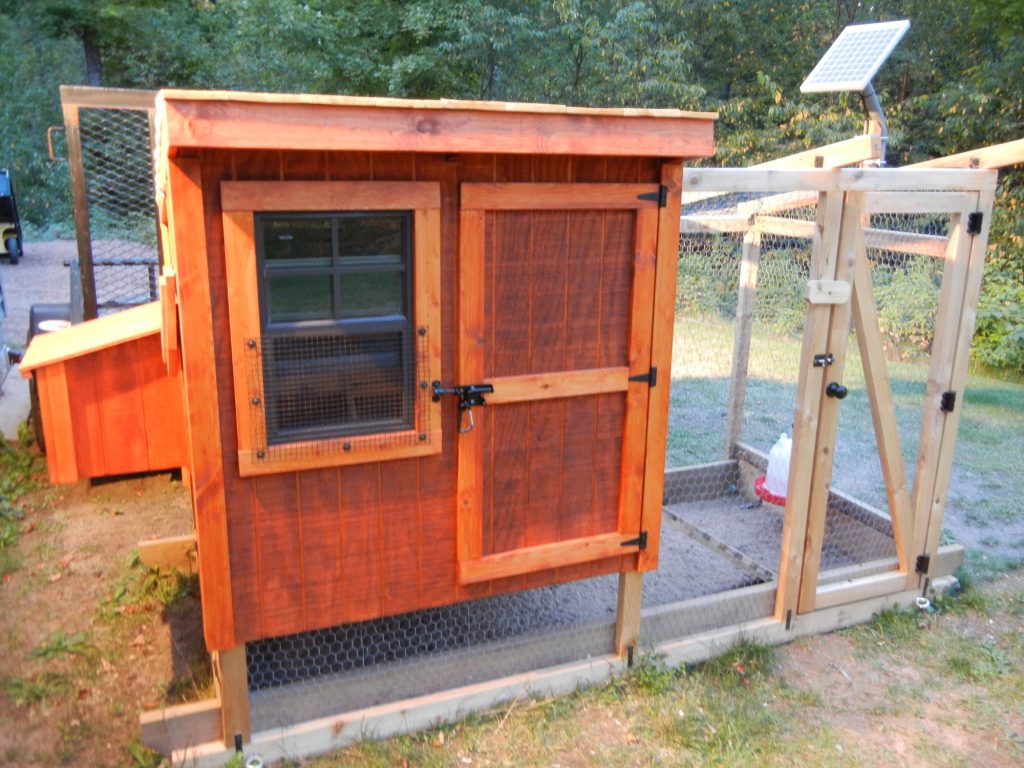
Chicken coop helps defend the female chickens from unpleasant climates like extreme warmth, cold, hurricane, and rainfall and protect them from hunters’ attack, particularly Foxes, dogs, etc.
One of the procedures or methods to defend all the chickens is to place closeting or isolation stuff amid two layers of wood or stone or bricks.
As the excessive amounts of warmth can bear out to be deadly, windows should be inclinable or oriented in this way to intercept overheating, and reasonable ventilation procedures should be taken to prevent transmittable chest colds or to overheat, etc.
The female chickens can be released outside by the crack of dawn but should be barred or closed in the hutch at night-time.
Advantages of a Hutch or Chicken Coop
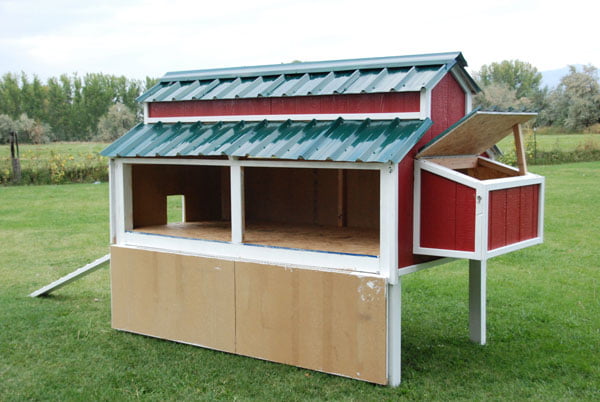
1. Safeguarding them from the Attack of Hunters
Although female chickens or hens can become very protective and may be ready to battle against a hunter, the reality is that they are small, lightweight, and are not so compatible with fighting against these animals that will prey on them for their meal. Using a chicken coop, mainly, they will be safe and secure from these hunters’ attacks.
2. Defending the hens from the Climate or Weather
Female chickens or hens are, in fact, very daring and can outlive sub-zero temperature without any hassle. That doesn’t signify that you should leave them out in the open weather without the capability to slip out from different weather conditions like cold, heat, wind, or rainfall. This is particularly necessary at night-time as hens or chickens are generally sightless in the dark.
3. Collection of Eggs
Female Chickens like to hold their eggs anywhere, and unless you provide them with a distinct location, you will most probably take part in hiding and seeking the eggs produced every day.
A chicken coop with birdhouses or nesting boxes and cowling or covering a ground floor other than plain surface like sand will have supplied them with henhouse stuff, which is used to make a nesting box in the coop.
Types of Chicken Coops
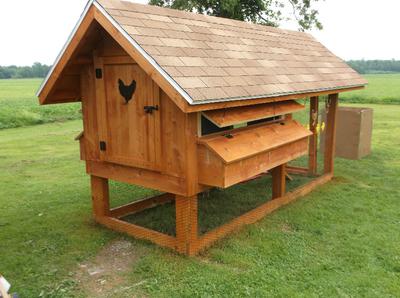
There are multiple varieties of chicken hutches or coops you can think about, particularly if you start focusing on various DIY Projects or Ideas that many people have generated.
But to make it simpler to recognize, it has been categorized into some general groups or categories: –Constant or Stationary Hoops, Chicken Tractors, and Temporary or Semi-Permanent Coops.
Constant or Stationary Chicken Coops
Constant coops or Stationary coops are just the way they sound – these are those hutches or coops that cannot be transferred or moved.
These are usually either construct for existing structures, or changed into a hutch or coop, or are built primarily as a portion of a structure. Their walls have a constant or permanent framework and may even have a solid ground surface.
Most of these structures are of DIY (Do It Yourself) types and are purchased as a building kit, formulated individually, or modified from a hut or shed or other structure already in place. There are various astonishing schemes and prototypes of the designs or patterns you can think about.
Chicken Tractors
These are not concrete tractors but somewhat granted for the simple expression for the mobile hutch or coop.
These coops or hutches generally have a Run and Coop Conjunction or combination with a movable spot on the tires or wheels for simple portability. In simple words, chicken tractors are like a movable house which have wheels.
These are famous for small regions that have smaller yard area so that you can permit your female chickens or hen a raw or fresh grassland every few days. At the same time, there are various prefabricated designs that you can easily purchase from online platforms.
Temporary or Semi-Permanent Coops
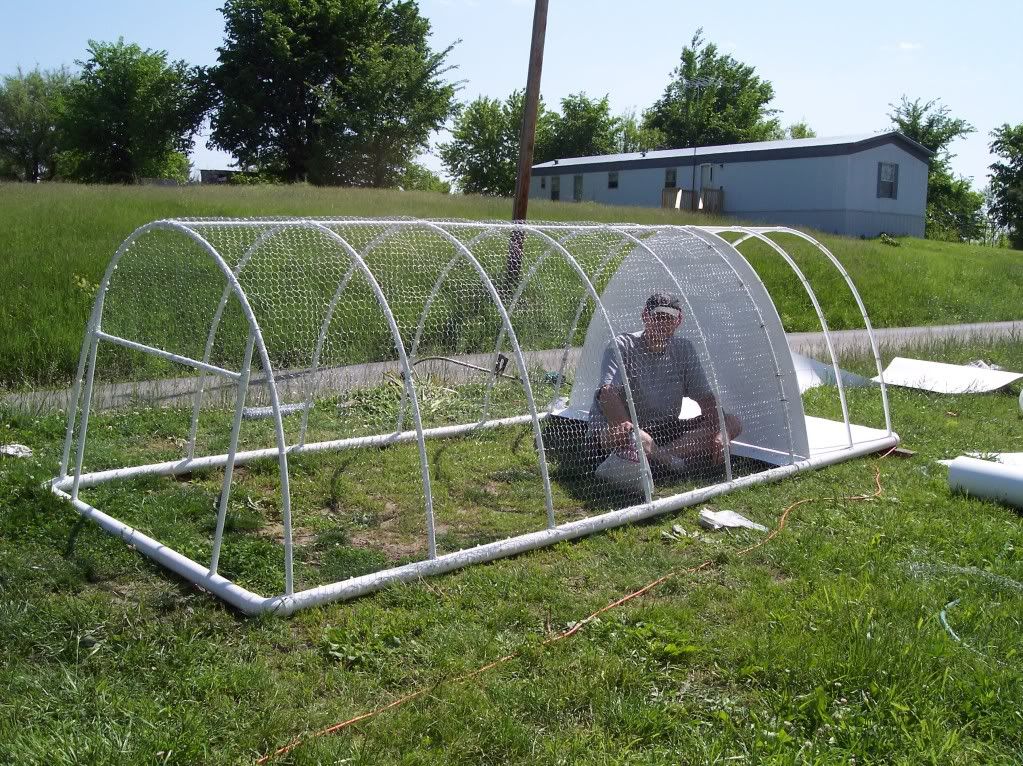
Temporary or Semi-Permanent Style Coops are perhaps the most popular coops variety because they comprise a wide variety of styles that you can either purchase or build yourself.
These hutches or coops are mostly structured or designed to be stationary. Still, other coops can be moved either following the climate or weather if necessary because you desire to move this coop somewhere.
There are a lot of prefabricated coops that take place in this group, also with the online premade designs to assist you to figure out what you desire to do. The final decision is that you desire to allocate a secure place to your chickens and hens that keep them pleased and fertile or productive.
Frequently Asked Questions about Chicken Coop
1. What is the Finest Ground or Floor for Chicken Coops?
There is a wide range of flooring alternatives available in the market which are suitable for your chicken hutch or coop. The most general flooring surface is a wooden surface exalted; it stays dry and doesn’t have any chemicals.
2. Where do I Place my Chicken Coop in my Backyard Garden?
You may want a calm or quiet spot on your property that is far away from your home for your chickens. This requires to be done mostly on an elevated, well-dried space. You require enough air motion without a draft. Clean air signifies fresh oxygen and movement to recapture extra humidity, ammonia, and carbon dioxide, which chickens or hens naturally emit.
3. How Long Should be the Sideward Barriers or Fences on the Chicken Coop?
Six feet is an average level for chicken or poultry farming. This height would be adequate in most instances. Although, there have been situations of chickens or hens hovering or flying outside from the chicken coop.
4. How Much Area or Space Do I Require in My Chicken Coop?
The minimum ground area or space of 1 square foot (sqft) is excellent, and 4 square feet (sqft) outside the ground area is also lovely. Please keep in mind that chicken or hens love to splash at night time. Does painting the internal surface of the coop cause any health hazard to the chickens?
If the color or paint is non-poisonous and dries well, then with the help of a proper airing or ventilation system, it should not damage the chickens or hen.
5. How Do the Chickens Remain Warmth or Hot in your Chicken Coop?
Frozen temperature or coldness doesn’t strike chickens. If the chicken coop remains cold and humid, then the chickens or hens may suffer from extreme cold or frostbite. Moisture is collected from their droppings, and some moisture is also collected through their respiration. That’s why it is essential to have a proper airing or ventilation system in the chicken coop.
Conclusion
If egg manufacturing (or simply, egg production) is your chief cause for keeping them in the backyard garden of your house.
You have multiple choices for either buying or making your chicken hutch or coop with recycling kinds of stuff and individualizing your chicken’s house through your point of view. You feel that it is appropriate for them.
Hence, chicken coops are designed to save the chickens from the extremities of weather and the attack of the hunters or predators.
In addition to this, they provide a small home-like space where they can feel safe and quickly produce their eggs.
Many people can quickly start poultry farming and can produce or manufacture agro products like eggs, etc.

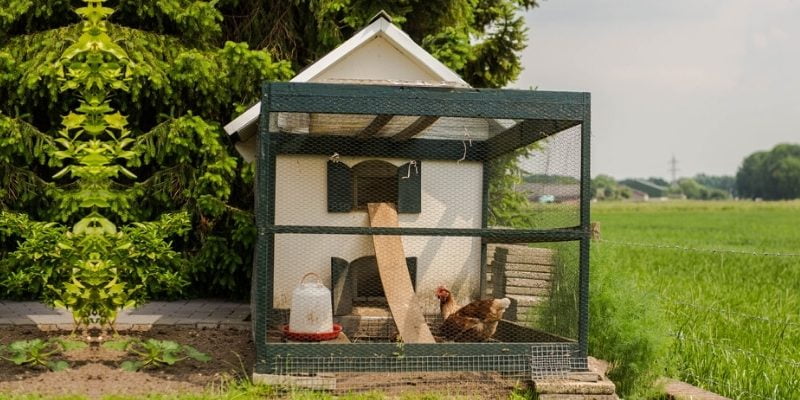



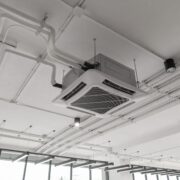



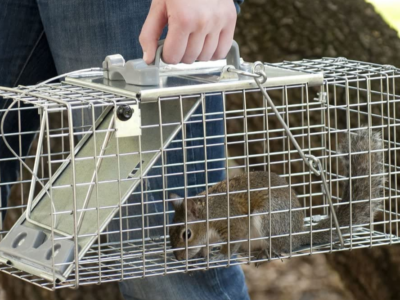
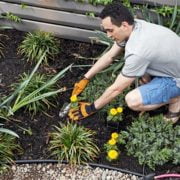
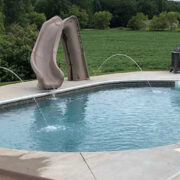


Comments